Popular Halva Variations
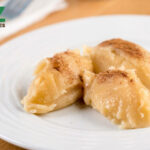
Flour-Based Halva

Sesame Halva (Tahini halva)
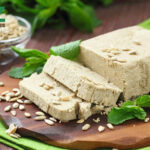
Sunflower Halva
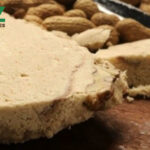
Peanut Butter-based Halva (Mantecol or Nucrem)

Carrot Halwa (Gajar ka halwa)

Floss Halva (Pismaniye/Pashmak)
Halva: Ingredients and Preparation
Main Ingredients
Main Cooking Method
Preparation Process
Halva: A Deep Dive
Cultural Significance
Taste
Texture
Aroma
Color
Serving Style
Serving Temperature
Accompaniment
Occasions
Seasons
Special Diets
Calories
Popularity
Popular Similar Dishes
- Nougat
- Turrón
- Turkish Delight
- Fudge
- Aluwa
- Barfi
Popular Dining Area
Halva, known by other spellings like halvah and halwa, is a traditional confectionery or dessert originating from Persia (modern-day Iran).
Today, halva is found throughout the Middle East, the Mediterranean, Asia (particularly the South and Central regions), the Balkans, the Caucasus, and even South America (especially Argentina).
The term “halva” is used for various recipes. But it most commonly refers to a thick paste made from ingredients, like butter, flour, cocoa powder, milk, liquid oil, rosewater, saffron, and sugar.
However, the exact mix varies by region and variant. In general, halva is a sweet delicacy with a rich history. Halva comes in different types made from distinctive ingredients.
Moreover, it is essential to know the right way to eat halva and where to buy it. With some pros and cons, you also know what to notice while eating this sweet.
The difference between halva and halwa and other user concerns are also worth considering. So, let’s join me in discovering this culinary gem.
Key Points
Halva Images
What Is Halva’s Origin?
Halva’s origin is Persia, with the word “halva” itself derived from the Arabic “halwá,” meaning “sweet.”
Historical mentions of halva go back to the 7th century when it was described as a mixture of mashed dates with milk. By the 9th century, the name “halva” started to refer to a sweet paste made from cooked semolina or flour.
What Are the Types Of Halva?
Halva comes in various types, depending on the regions and ingredients used. However, there are 7 famous halva types shown in the table below.
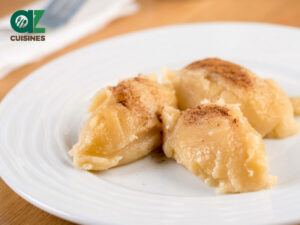
Flour-Based Halva
Toasted flour or cornstarch in oil or butter, sugary syrup. Some types include nuts or dried fruits
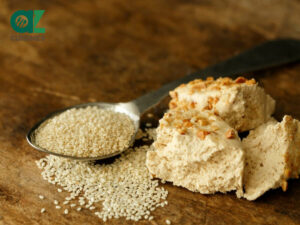
Sesame Halva (Tahini halva)
Sesame paste or butter (tahini), sugar or honey
Can be flavored with vanilla, cocoa powder, or pistachio nuts
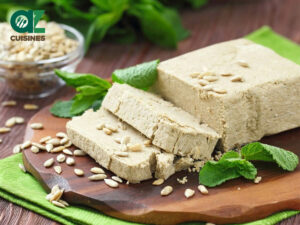
Sunflower Halva
Roasted ground sunflower seeds Can also include vanilla, cocoa powder, or nuts
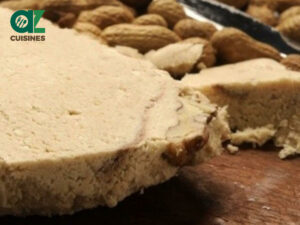
Peanut Butter-based Halva (Mantecol or Nucrem)
Peanut butter
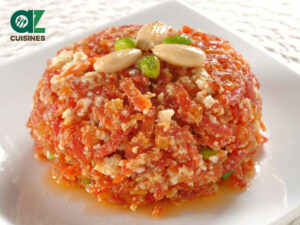
Carrot Halwa (Gajar ka halwa)
Grated carrots, milk, sugar, ghee, garnished with nuts

Floss Halva (Pismaniye/Pashmak)
Sugar syrup, fine strands, often mixed with flour or sesame
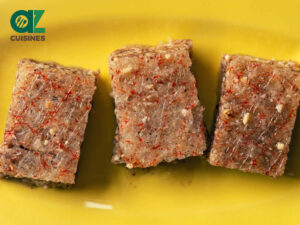
Sheki halva
Rice flour, hazelnuts, spices, grid-shaped layers, baked over charcoal
So how to enjoy halva properly? The answer you’re looking for is in the next section. Keep reading!
How To Eat Halva?
You can enjoy halva in many ways based on your liking, but here are five common ways:
- Direct consumption: Halva can be sliced and eaten directly from the block, especially the sesame-based variant.
- Dessert ingredient: Halva can be crumbled and used as a topping for ice creams, yogurts, and puddings, or used in baked goods (e.g., cookies, brownies, or muffins).
- Spread: Some softer halvas, like the tahini-based variant, can be spread on toast.
- With fruits: Some people enjoy pairing halva with fresh fruits or dried fruits, ideally figs, dates, or berries, for a delightful snack.
- With beverage: Enjoy a slice of halva with tea, coffee, or a glass of milk.
Where To Buy Halva?
Halva is available in many places, depending on where you are located. Overall, it can be found in ethnic or international grocery stores, especially those Middle Eastern, Mediterranean, or Asian stores.
Other ideal places to buy halva are online retailers, such as Amazon or online gourmet food stores in relevant regions.
Pros and Cons Of Eating Halva
Here’s a quick overview of the potential advantages and disadvantages of halva.
Pros
Cons
As for wrapping up the pros and cons, let’s shift your focus to distinguishing halva and halwa.
Halva vs. Halwa, What Are Differences?
Halva and halwa refer to the same type of sweet confection, but the differences primarily lie in regional variations and ingredients.
The term “halva” is more common in the Middle East and the Balkans, while the spelling “halwa” is more prevalent in South Asia, especially in countries like India.
In the Middle East, halva is often made from tahini (sesame paste), giving it a crumbly texture akin to candy. However, halwa in South Asia often refers to desserts made from various ingredients like semolina, lentils, or carrots cooked with sugar, ghee, and sometimes milk. It usually has a more gelatinous or pudding-like consistency.
Now, you’re ready to tackle the most commonly asked questions in the following part.


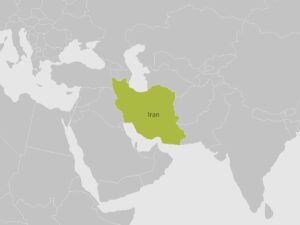
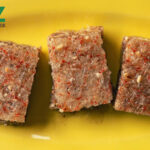
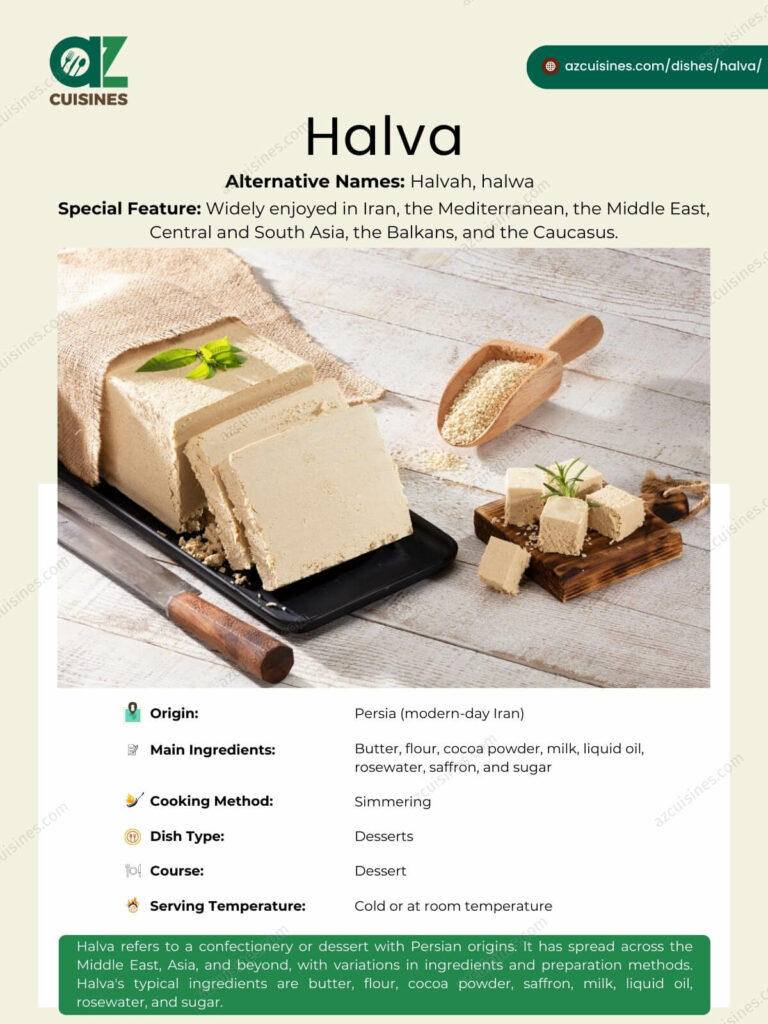
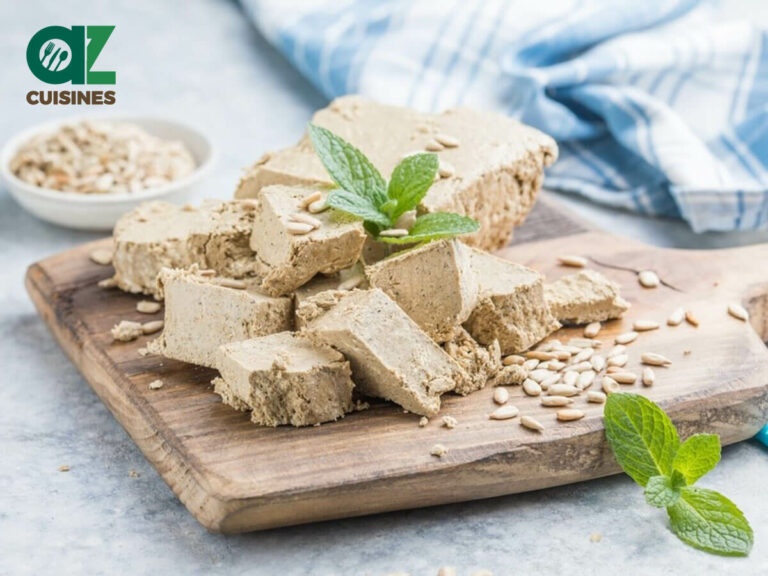

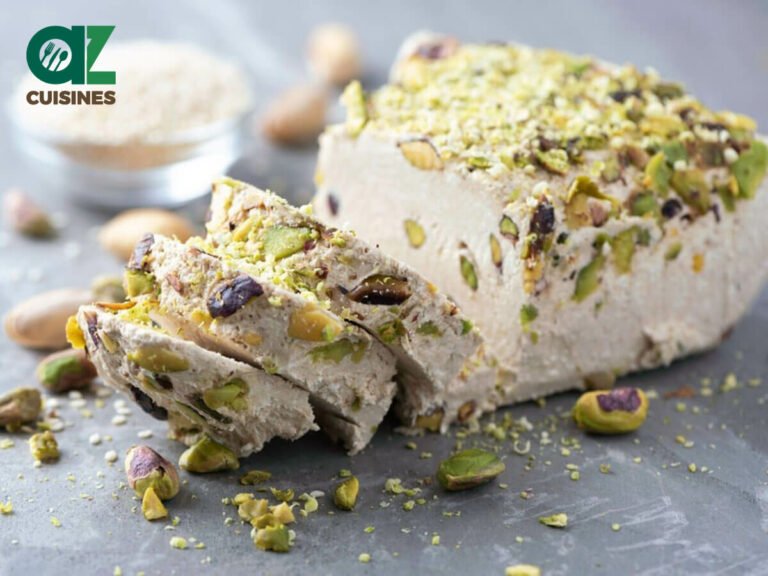
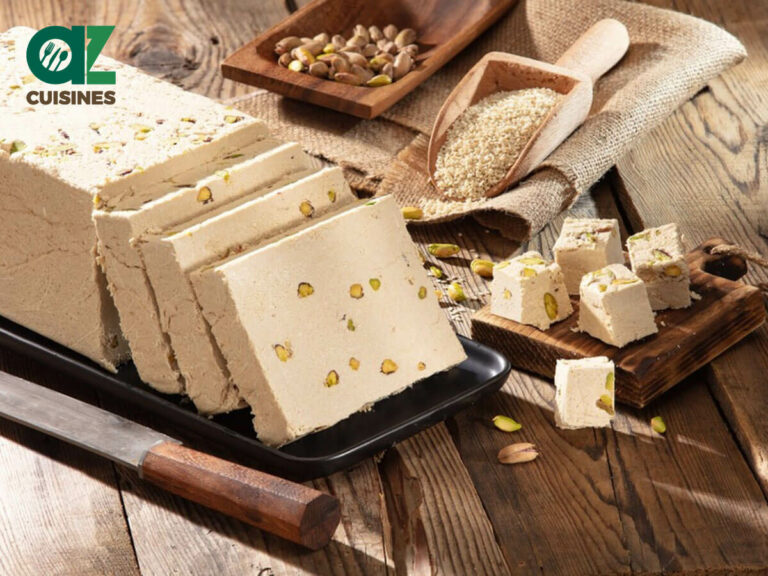


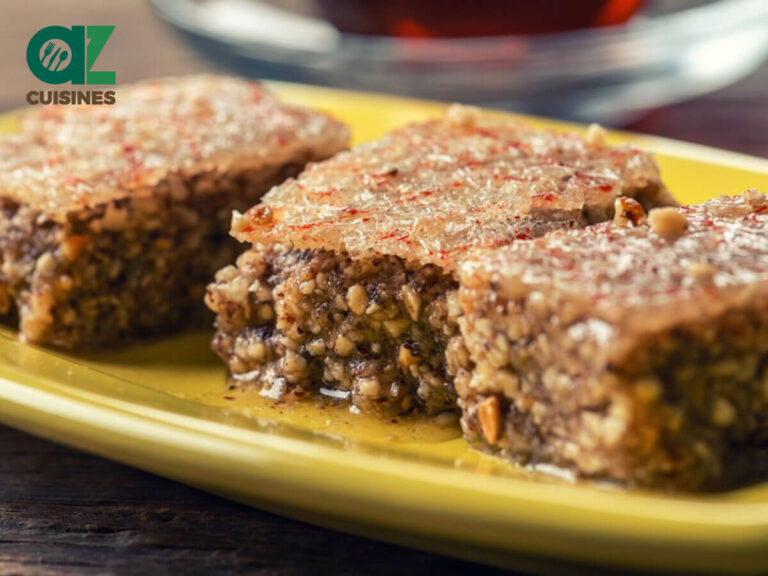

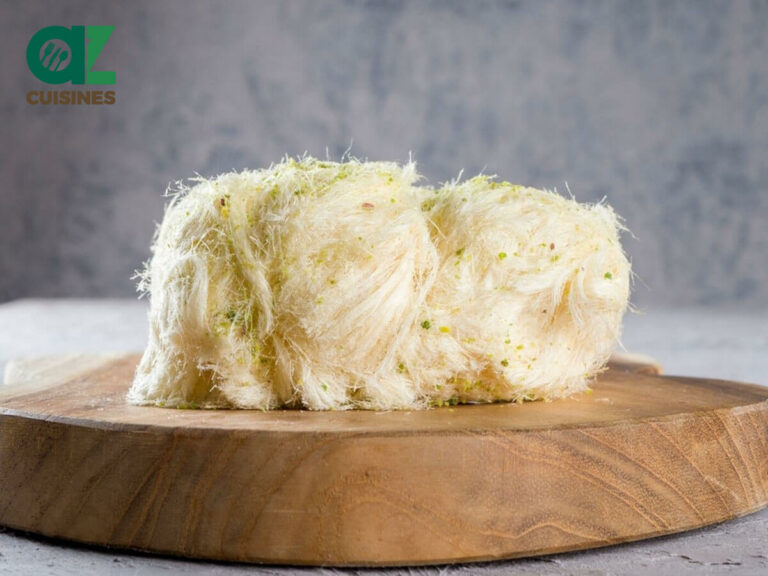

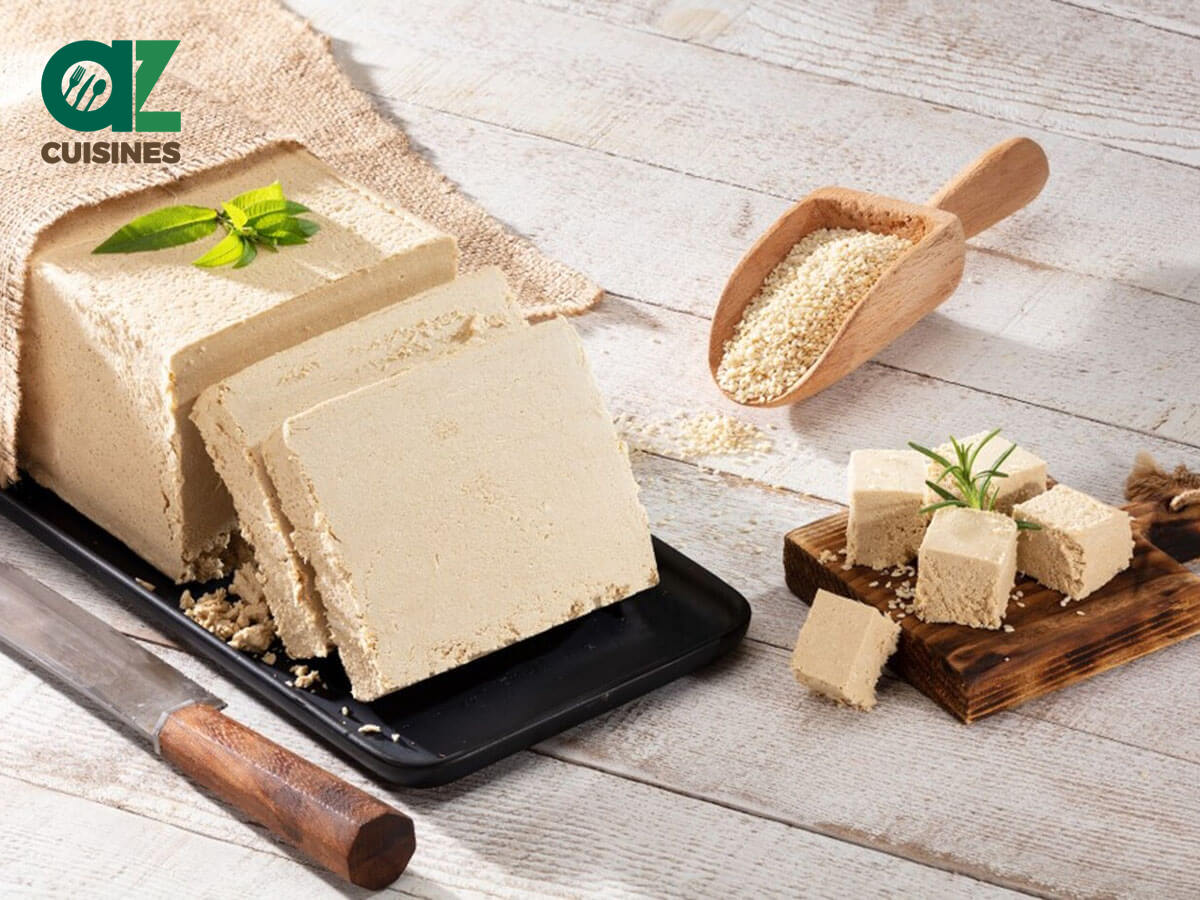
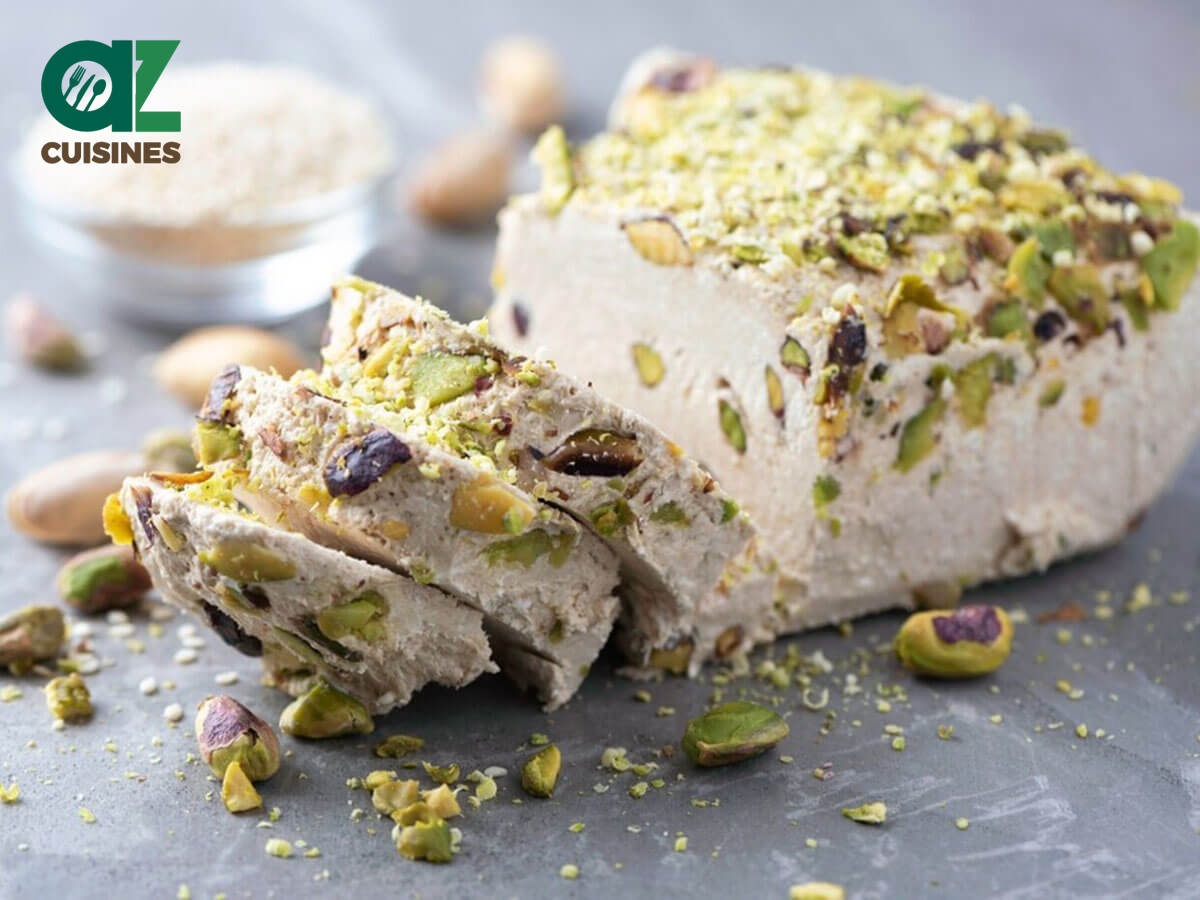
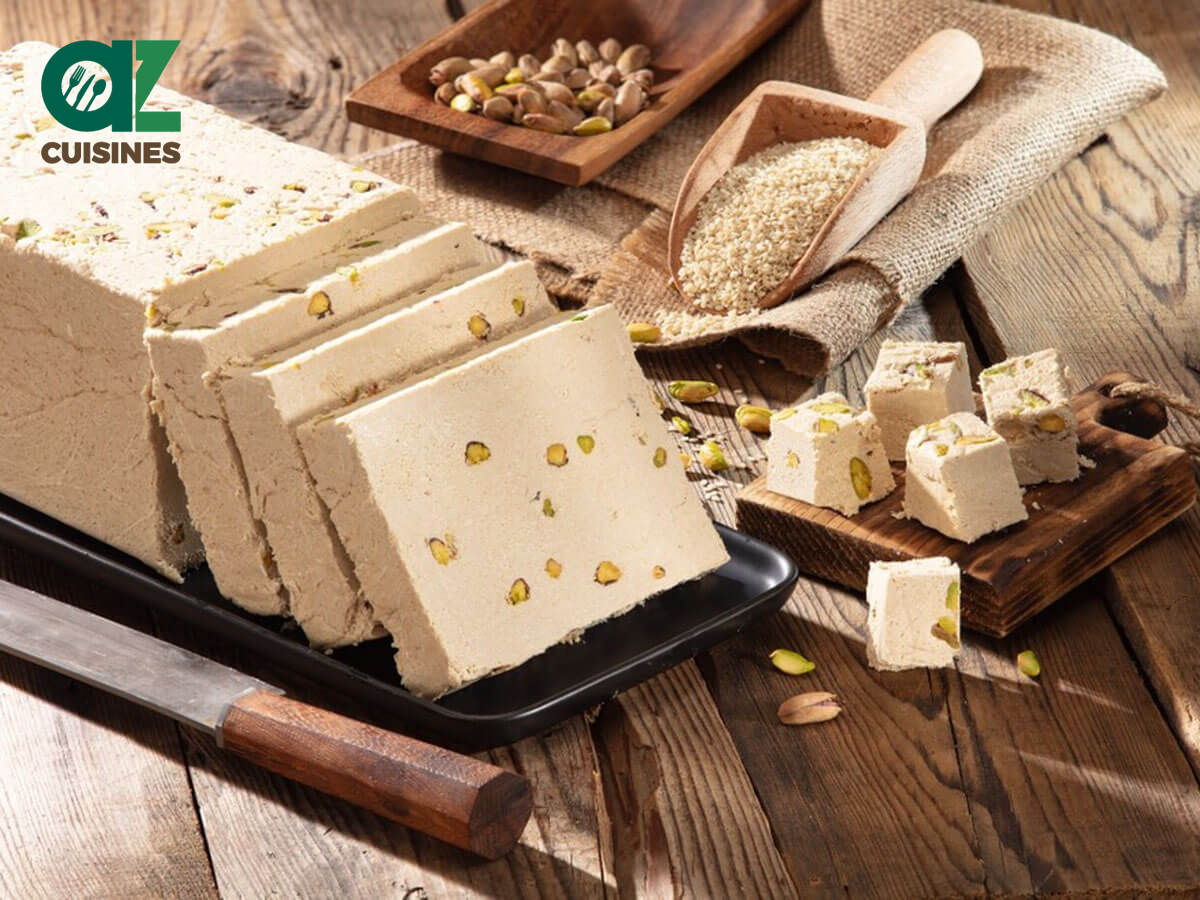
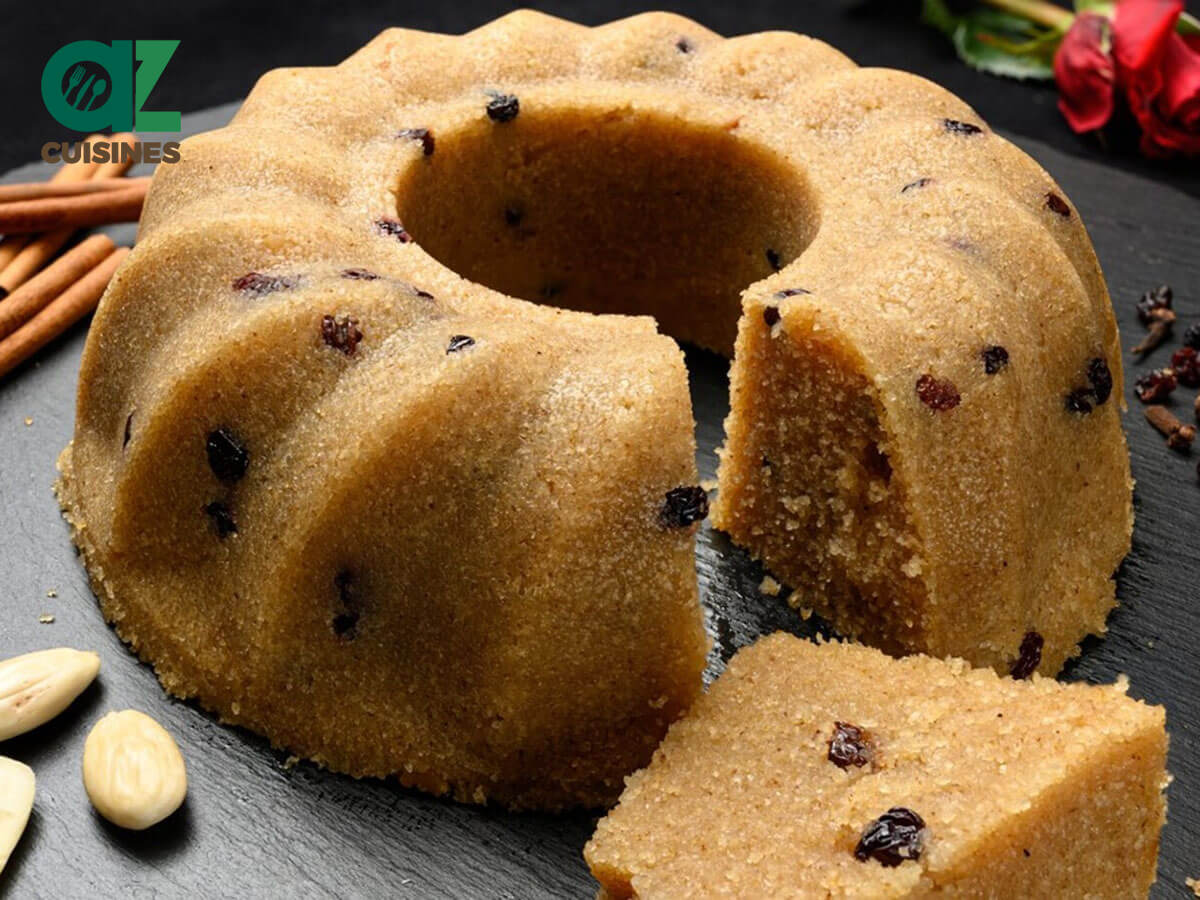
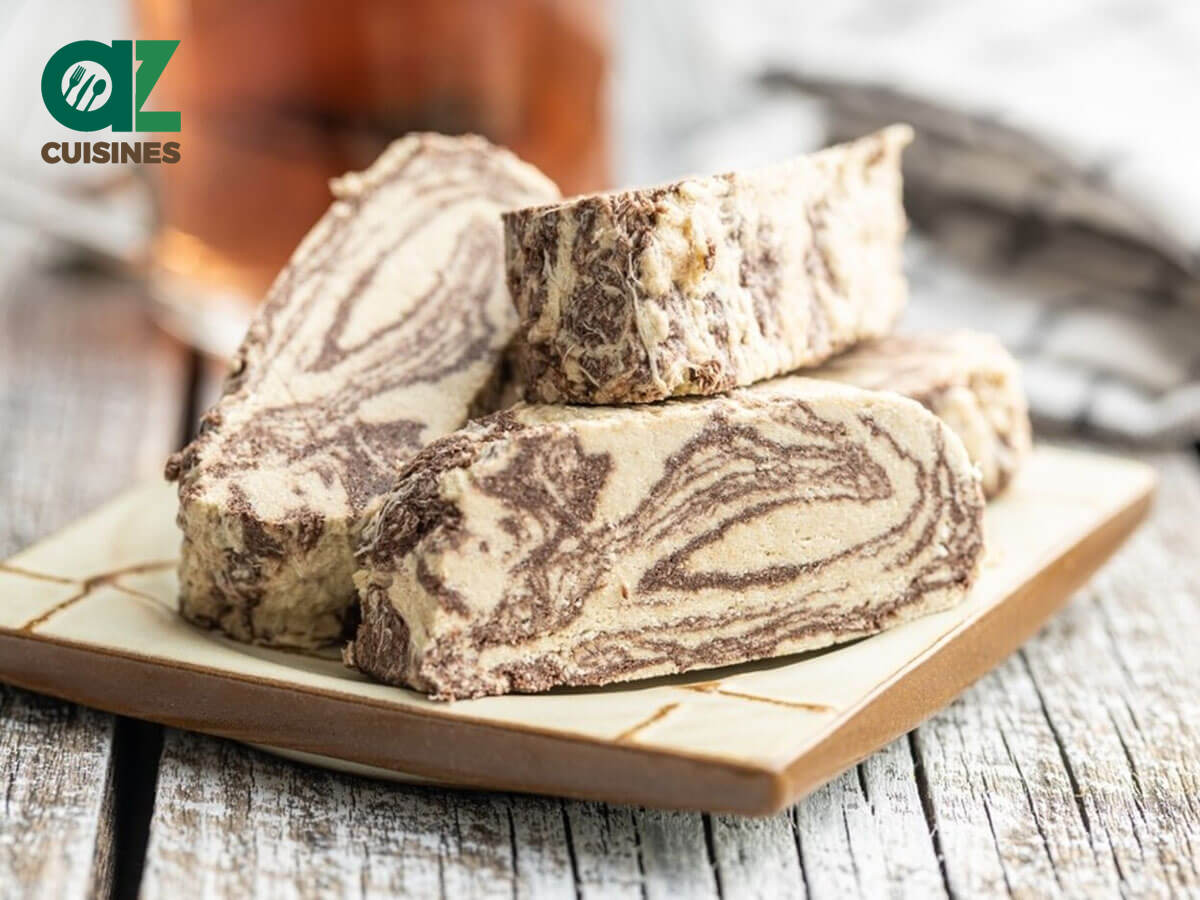
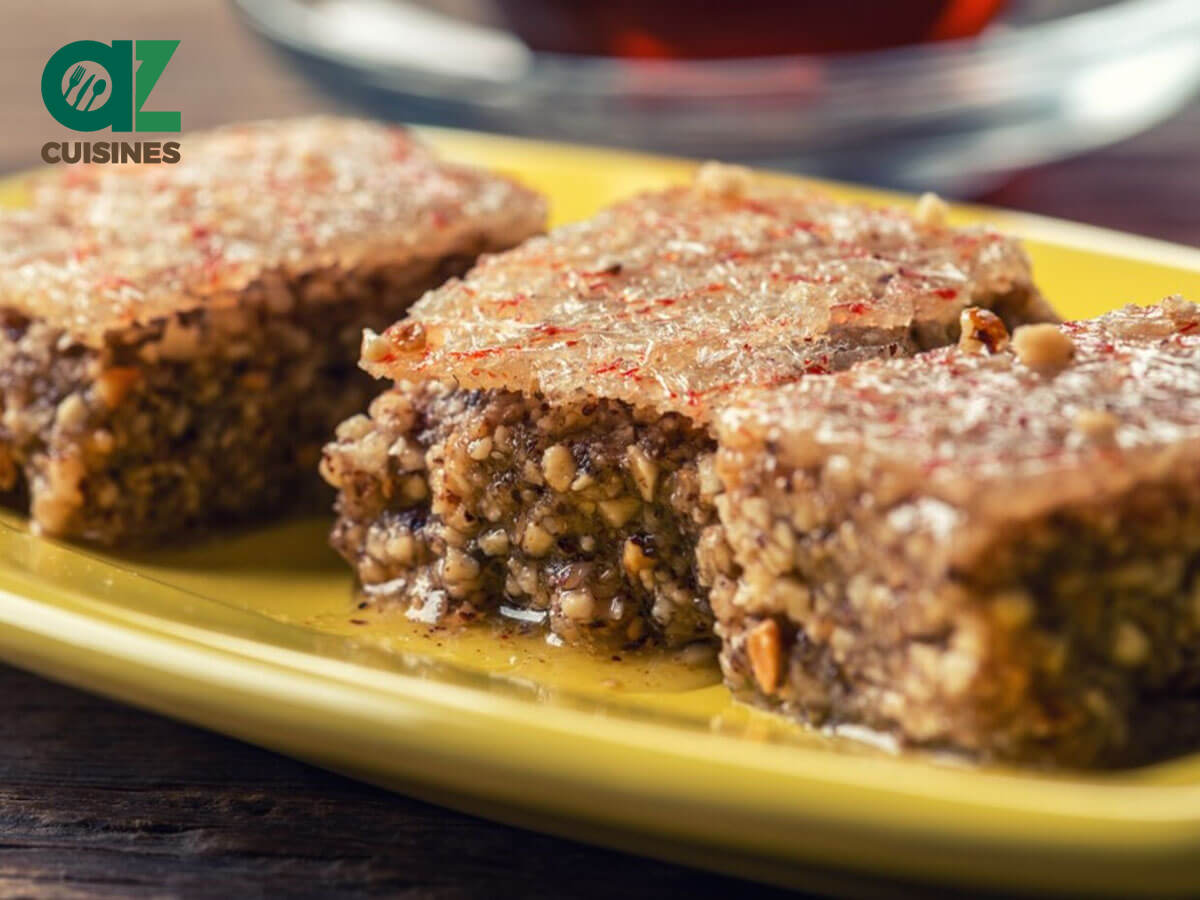

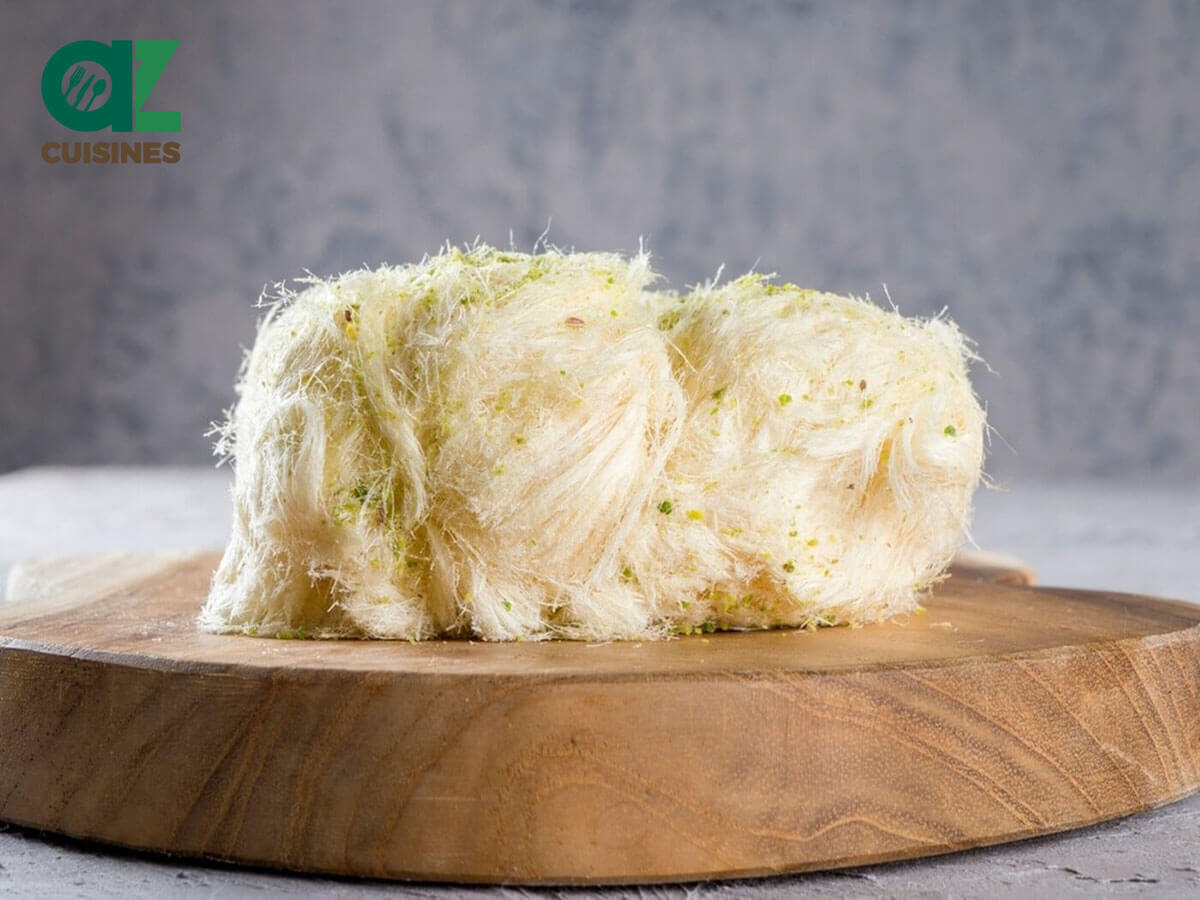
Adam Sam
Senior Food and Drink Editor
Expertise
Food Writer & Recipe Developer, Recipe Tester, Bartender, Cooking-video Maker, Editor In Chief
Education
Adam Sam, an experienced food writer and recipe developer, is passionate about blending diverse culinary traditions, national dishes, and innovative beverages, showcasing his proficiency in both traditional and modern recipe testing.
As the Editor-in-Chief, he elevates culinary content from street food to fine dining, focusing on Western cuisine and types of drinks at azcuisines.com, and is professional in creating engaging cooking videos that simplify complex dishes and ingredients.
His passion for food is evident in his writing, where he uniquely merges various cultures, traditions, and contemporary trends, skillfully combining classic recipes with modern cooking methods.